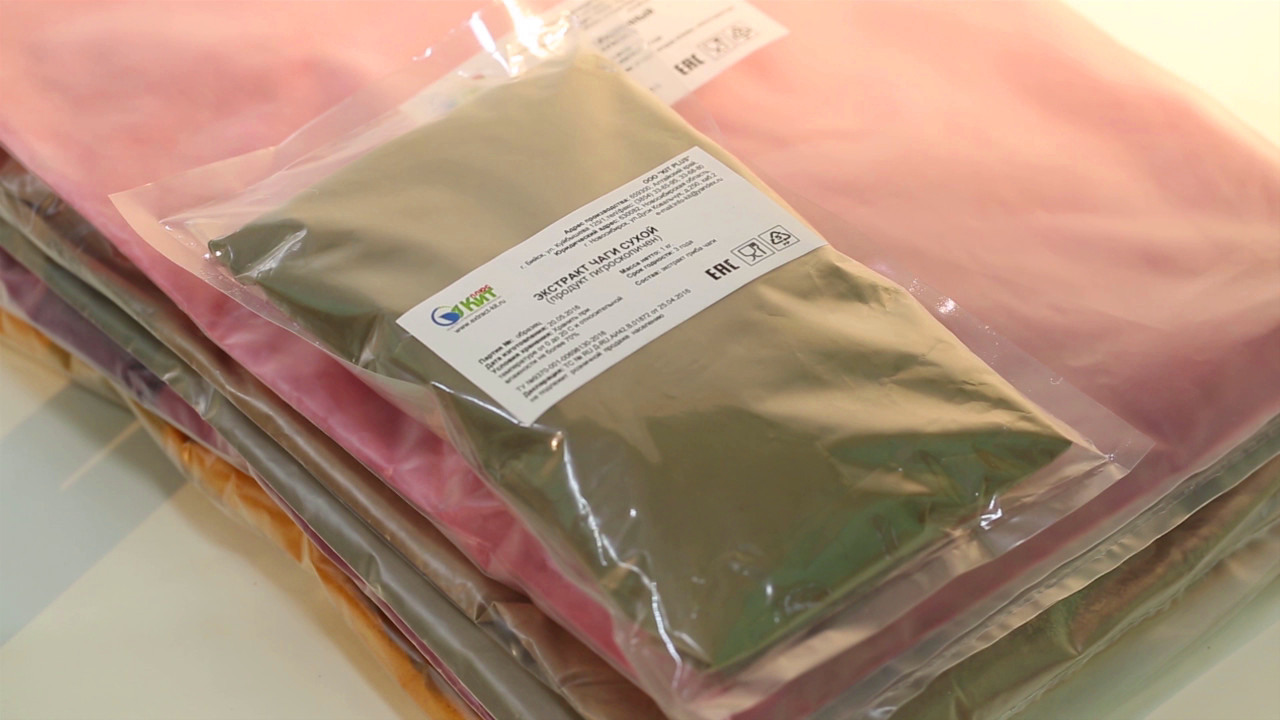



Deciduous tree with white bark. In medical purposes used in the treatment of diseases of the kidneys and other organs. The preparations of birch (leaves and buds) is used to eliminate edema of mild to moderate degree the reason of which is the cardiovascular or renal failure. Birch leaves is prescribed for chronic kidney disease, cystitis, urolithiasis, urate diathesis, nephrosis and nephritis; in the treatment of diseases of the liver, jaundice, mild forms of cholecystitis and cholecystangiography.
Birch buds is prescribed for respiratory diseases: laryngitis, bronchitis, tracheitis, glossitis, tonsillitis, otitis, acute respiratory diseases; for diseases with suppurative processes (abscesses, mastitis, peritonitis, furunculosis, phlegmon). Birch leaves contain essential oil with a pleasant balsamic smell (to 0.8 %), which consists of sesquiterpene alcohol betulol (25 – 47 %) and its esters with acetic acid (30 – 40 %), a bicyclic sesquiterpene lactone betulin, bicyclic triterpene alcohols, triterpenoid betulin. Also the leaves contain flavonoid glycosides and flavonole (1,96 -5,56 %): hyperoside, rutin, avicularin; tannins, coumarins, phenol carbonic acids, vitamins E, C, PP, carotenoids. Birch buds contain essential oil (0,2 – 8%) consisting of a sesquiterpene alcohol betulol (25 – 47 %) and its esters with acetic acid (30 – 40 %), betulic and palmitic acid, a bicyclic sesquiterpene lactones betulina, sesquiterpene β-caryophyllene and monoxide, bicyclic triterpene alcohols α-, β - and γ-Betulinol — 1,8–14%, acetate α-Betulinol, triterpenoid betulin, alkaloids (0,1%), naphthalene, paraffin, yellow dye, n-pentacosane, resin (5-hydroxy - 7,4 - dimethoxyflavone). Also in the buds of birch contains flavonoid glycosides and flavonole (1,96 -5,56 %): hyperoside (0,8-1,5 %), 5-hydroxy-7,4-dimethoxyflavone (0,3 %), 3-D-digalactosyl of myricetin (0.37 percent), quercitrin (0,14%), avicularin (0,57%), 3-glucuronide of quercetin (0.25%) was isorhamnetin, other derivatives of apigenin and kaempferol; sterols, tannins (1,07–9 %), bitter, coumarins (0,09–0,44 %), anthocyanins, resin (butylester), butyl ether betulorentic acid, 8 -10 % of sugars, Inositol, ascorbic (to 2.8%) and nicotinic acid, nicotinamide and carotene.
Preparations of birch leaves have a moderately pronounced diuretic, choleretic and antispasmodic effect, have antiseptic, antifungal, wound healing, anti-inflammatory properties. Leaf extract strengthens the removal from an organism of sodium and chlorine ions.
Diuretic effect of drugs birch trees have flavonoids and potassium nitrate, which enhances the effect of flavonoids. As a result of treatment heart failure with birch buds, the following improvements are observed in patients: disappearance of edema, reduction diski, reducing the allocation of protein in the urine (albuminuria), improvement of the general condition. In the treatment of liver diseases marked decrease or disappearance of pain, vomiting, nausea, decrease of liver size, increases the secretion of urine and of bile, improves the general condition.
The effectiveness of treatment of diseases with birch preparations increases when they are simultaneously taken with other medicinal plants of a similar action in the form of collections or complex medicinal teas.
